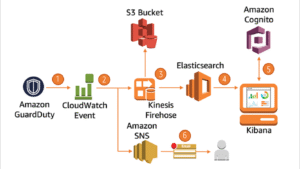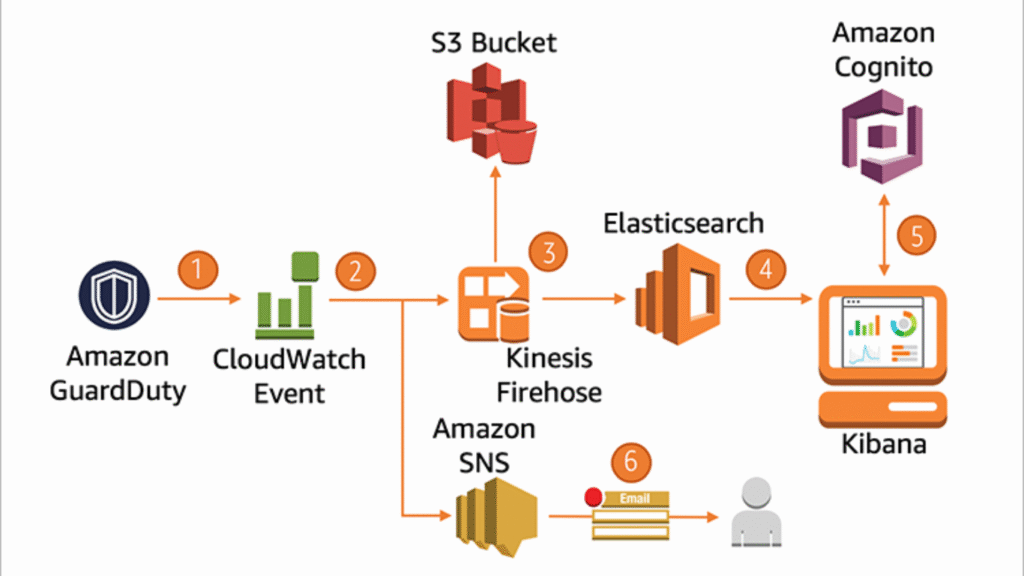Load testing is a type of performance testing. It is a procedure which determines the performance of a system with different number of users. The load testing identifies
- The maximum functioning capacity of an application with different users
- Specifies whether the present infrastructure is sufficient to run the application
- Determines the sustainability for different user loads
- Number of concurrent users and scalability
Load testing is type of non functional testing. It is mainly used for web-based applications.
Why load testing is necessary?
- Load testing provides confidence in the system performance and reliability
- It also helps to identify the bottlenecks under heavy stress conditions
- It gives protection against poor performance with different number of users
Some popular websites have experienced serious downtimes when there is heavy traffic. Some examples are:
- an airline websites was not able to handle thousand users during festive offers and
- encyclopaedia Britannica gave free access to their online database as a promotional offer.
Load testing is a process of putting a load(users) on the system and recording its response.
The strategies of load testing are:
Manual load testing:
This is one of the processes to execute load testing but does not produce any repeatable results, does not provide measurable levels of stress and do not have any coordination.
In house developed load testing tools:
The organisation which understands the importance of load testing can build their own testing tools.
Open source load testing tools:
There are many open source testing tools available in the internet which are free of cost.
Enterprise class load testing tools:
These support large number of protocols. They can support large number of users.
Few facts of load testing are
- Most users click after 8 secs when delay in loading page
- $4.4 billion lost due to poor performance of the application























14 Responses
Load Testing is a type of performance testing ,mainly used for web-based application. The Load testing identifies
• The maximum functioning capacity of an application with different users
• Specifies whether the present infrastructure is sufficient to run the application
• Determines the sustainability for different user loads.
• Number of concurrent users and scalability
Load testing provide confidence in the system performance and reliability, it helps to identify the bottlenecks under heavy stress conditions It gives protection against poor performance with different number of users
Load testing is a software testing technique used to examine the behavior of a system when subject to both normal and extreme expected load conditions. Load testing is generally performed under controlled laboratory conditions in order to distinguish between two different systems.
Load testing is designed to test the non-functional requirements of a software application.
Load testing is sometimes referred to as longevity or endurance testing.
n the software development process, the term load testing is often used interchangeably with other forms of testing such as performance testing, volume testing and reliability testing. In simple words, load testing can be considered the simplest form of performance testing. In load testing, a system or a component is subject to varying load conditions, which are sometimes well beyond the normal limits, in order to determine the behavior of the system at peak load. This process is referred to as stress testing.
Load testing technique may be used in the following scenarios:
Testing an e-commerce website’s shopping cart capacity
Testing hard disk drive capability to read and write as per its specifications
Testing an email server to handle email traffic
Load testing helps to find out the maximum amount of load an application can withstand. The success criterion of load testing is based on the completion of all the test cases without any errors and within the allotted time frame. Both load and performance testing are used to analyze software by subjecting it to varying amounts of load while tracking the performance under different load conditions.
Load testing is the testing of the application or software under the usage of different number of users. It helps to identifying maximum functioning capability of an application with different users. It helps to identify the defects and errors under heavy traffic of users. The success of load testing is based on the completion of all the test cases without any errors and with the allotted time frame.
Load testing is a software testing technique used to examine the behavior of a system when in both normal and extreme expected load conditions,It is referred as expected usage of a software program by multiple users accessing the program concurrently.
Load Testing Provides the confidence in System performance and Reliability.
Load testing lets you measure your website’s quality of service.
Load testing is type of non functional testing and mainly used for Web-Based Applications.
Example:Running multiple applications on a computer or server simultaneously .
Load testing is a type of performance testing. It is a procedure which determines the performance of a system with different number of users. There are other kind of load testing eg; Volume testing, endurance testing, stress, scalability and performance testing.
Load testing is type of non functional testing. It is mainly used for web-based applications.
load testing is necessary?
* Load testing provides confidence in the system performance and reliability..gives protection against poor performance with different number of users and identify the hurdles in heavy stress conditions
load testing is a type of performance testing which identifies how the application performs under different loads. it helps to measure the capacity of system and response time. it also helps to find how many concurrent users the system supports without any problems. per example, if an application works well, with 100 users use the application over a period of time and with all 100 users use the application at the same time, then also application should work fine.
Load Testing Goals: Response Time for each and every transaction, Performance of system components under different loads, Performance of database components & their behavior under different loads, Network delay between client and server, Software application design affecting the performance, Server configuration like web server, application server issues.
Difference between Stress Testing & Load Testing:
Stress Testing: Stress Testing is a Planned test. It tests the functionality of the system under different levels of requests. The software performance is tested with different number of users and identifies the maximum number of users supported by the software. Increases the number of requests(resources) under complete system failure. It tests the performance of the software with different number of resources and identify the number of resources required by the software.
Load Testing: Load testing Increases the number of requests(resources) under complete system failure. It tests the performance of the software with different number of resources and identify the number of resources required by the software.
1. Load testing goals include:
i. Every transaction’s response time
ii. Server configuration
iii. Network delay between client and server
iv. Issues with software application design that affect performance
v. Performance of database components and how they behave with different data volumes.
vi. The performance of system components under different loads
2. While stress testing is performed to evaluate the behavior of the system under pressure and test the stability and robustness of the software, load testing focuses on finding the upper limit of the system and tests the performance under extreme load. In testing, stress testing utilizes an over-the-limit number of users and amount of data, while load testing utilizes multiple number of users. Stress testing ensures the security of the system, while load testing evaluates the operating capacity of the system.